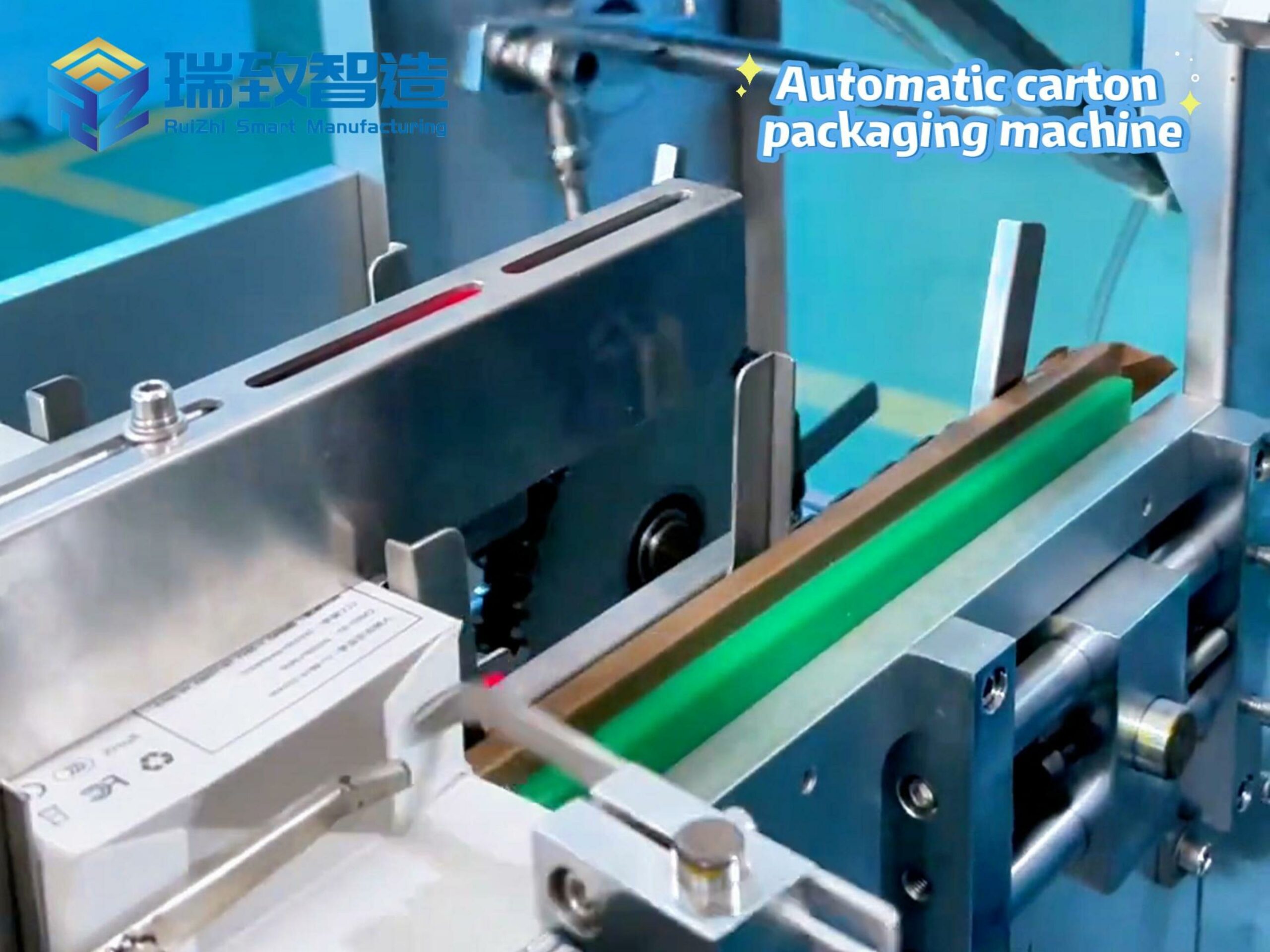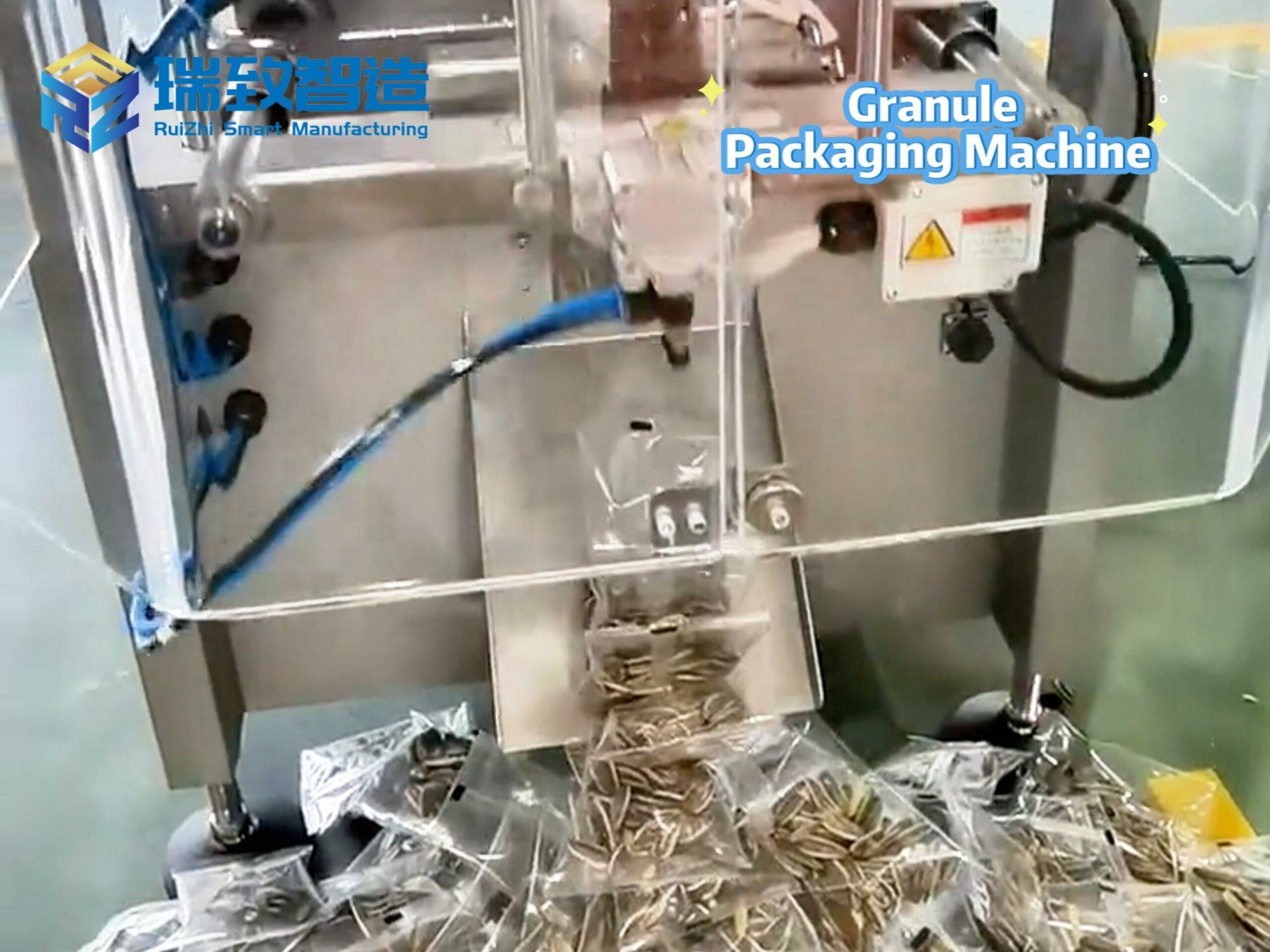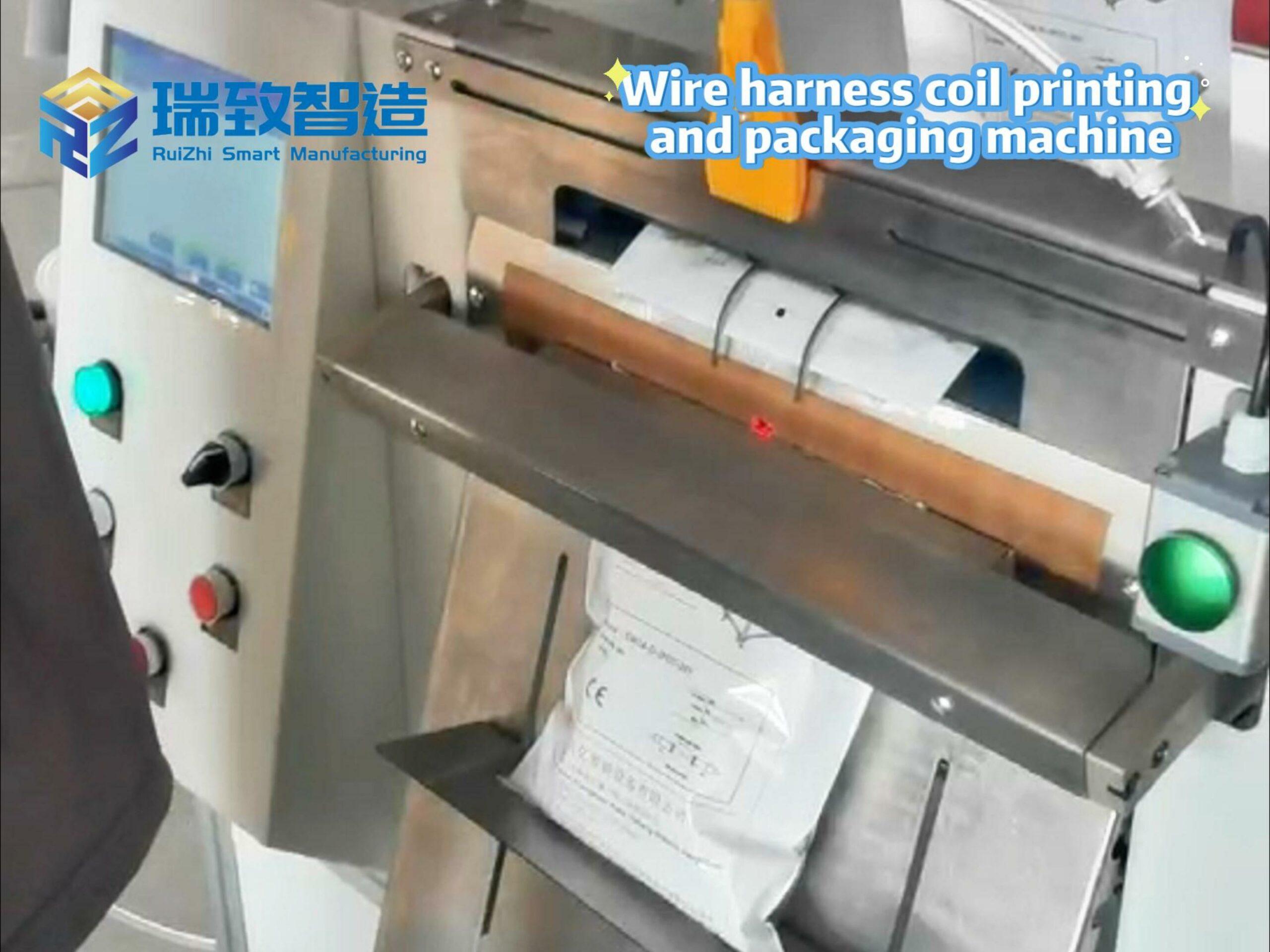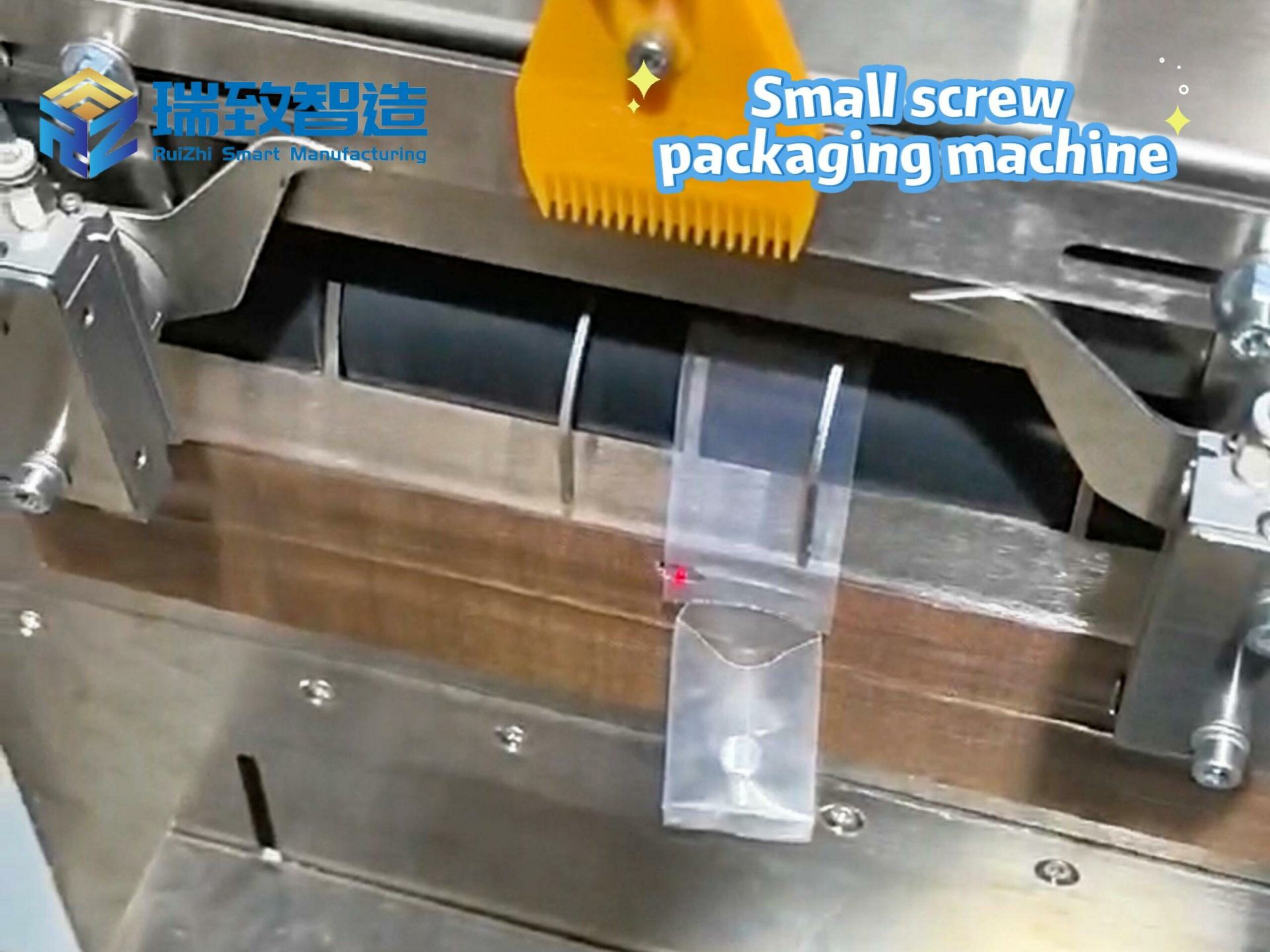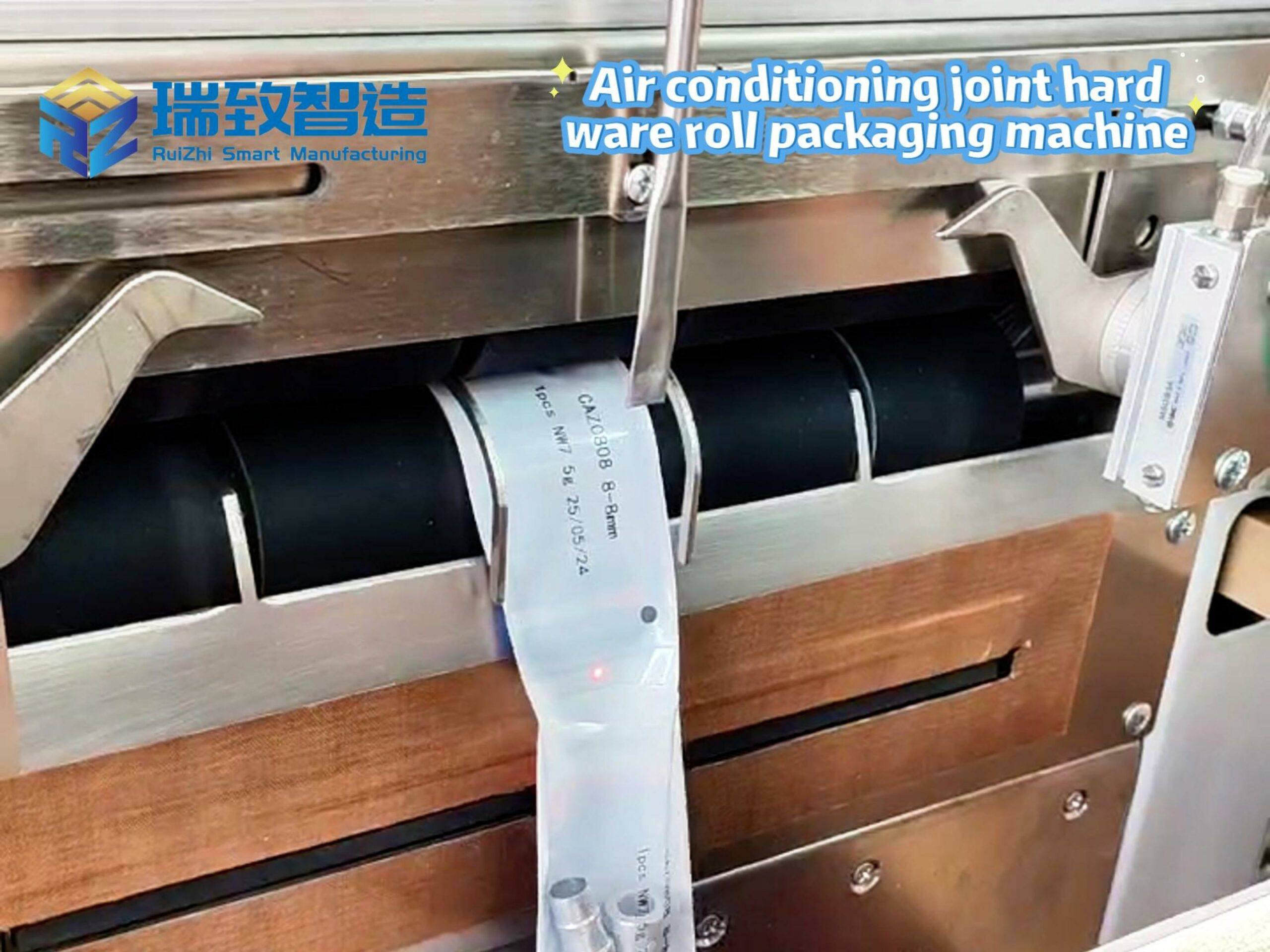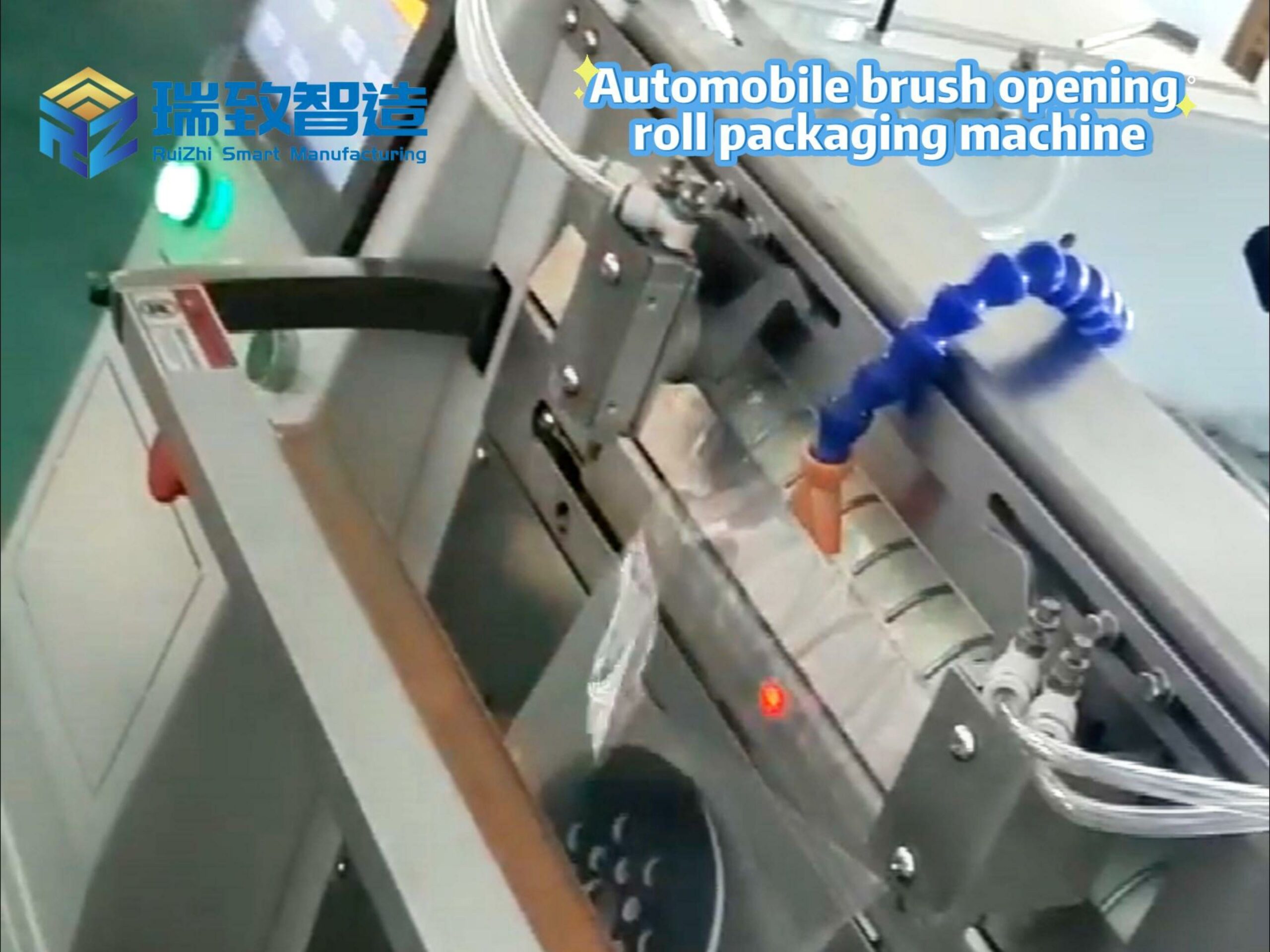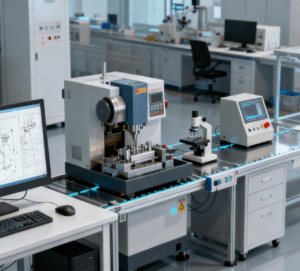
Medical part machining is becoming increasingly important in the development of modern medical devices. With advancements in processes, the precision requirements for medical parts have gradually increased. These requirements are not only related to product performance but also affect patient safety and treatment outcomes. Therefore, relevant standards have been established in the industry to ensure that each part meets strict quality requirements. In this process, enterprises not only need to master key technologies but also address challenges in material selection, machining processes, and quality control. Through these measures, the safety and reliability of medical devices can be effectively guaranteed, providing better medical services for patients.
Discussion on Precision Requirements and Industry Standards in Medical Part Machining
Medical part machining has extremely high precision requirements. This is because the performance of medical devices directly impacts patient safety and treatment effects. To ensure the reliability of these devices, strict quality standards have been formulated in the industry. These standards cover all links from design to manufacturing, ensuring that each part meets specific technical requirements. Secondly, precision machining technology plays a core role in the production of medical devices. For example, CNC machining and laser cutting technologies can provide high precision, which is particularly important for parts with complex shapes and small sizes. At the same time, complying with these industry standards not only improves product consistency but also reduces the risks caused by machining errors. Therefore, ensuring that every step meets these precision requirements is the key to the success of medical part machining.
Key Technologies for Ensuring Medical Device Safety and Their Applications
In medical part machining, the key technologies for ensuring device safety mainly include precision manufacturing, material selection, and quality control. Precision manufacturing technologies, such as CNC machining and laser cutting, can improve the dimensional accuracy and surface quality of parts—standards that far exceed those of general industrial assembly equipment, highlighting the uniqueness of medical-grade precision. For instance, a Stroj na montáž splachovacích ventilov toalety (a typical industrial precision assembly device) requires its core valve core positioning components to have a dimensional tolerance of ±0.05mm to ensure sealing performance and smooth flushing. In contrast, the stainless steel guide pins of minimally invasive surgical forceps—parts that directly interact with human tissue—must have a dimensional tolerance controlled within ±0.003mm, and their surface roughness must reach Ra≤0.01μm to avoid tissue damage and reduce bacterial adhesion risks.
In addition, selecting appropriate materials, especially biocompatible materials, is also an important factor in ensuring the safety of medical devices. These materials can reduce the body’s rejection reaction to the device and ensure patient comfort and safety during use. Furthermore, strict quality control technologies, such as process monitoring and functional testing, can detect potential defects and ensure that each part complies with industry standards before leaving the factory. Through the effective application of these technologies, manufacturers can significantly improve the safety and reliability of medical devices, providing patients with a more secure treatment experience.
Main Challenges and Solutions in Medical Part Machining
One of the main challenges in medical part machining is maintaining a high level of precision. During the production process, any tiny error may affect the function of medical devices and patient safety. In addition, changes in material properties also bring difficulties to machining. To solve these problems, enterprises need to introduce advanced testing technologies to ensure product quality. In the machining process, the combined use of different machining methods can also effectively improve precision. For example, combining CNC milling and electrical discharge machining can make up for the shortcomings of each process. At the same time, continuous training of operators to enhance their understanding of equipment and machining processes is also an important measure to ensure part quality. These solutions can help the industry address challenges, thereby ensuring that medical devices have the necessary safety and reliability.
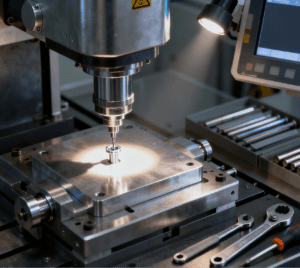
In-Depth Analysis of the Implementation Path for Medical Device Quality Standards
The quality standards of medical devices are the foundation for ensuring device safety and effectiveness. In medical part machining, these standards cover aspects such as material selection, manufacturing processes, and final inspection. First, manufacturers need to comply with internationally recognized quality management systems, such as ISO 13485. This standard ensures strict control over every link of the device from design to production. In addition, key technologies play an important role in the implementation of quality standards. For instance, precision machining technology can reduce part errors, thereby ensuring the production of qualified products. Meanwhile, the implementation of strict testing procedures is an indispensable step. After manufacturing, each product must undergo a series of inspections, including functional testing and durability evaluation. These measures ensure that medical parts not only meet the specified technical indicators but also exhibit good reliability and safety in clinical practice.
The precision requirements for medical part machining are closely related to safety standards. With technological advancements, manufacturers must continuously improve machining processes to meet the requirements of complex medical devices. The application of key technologies, such as high-precision machining and material selection, plays a crucial role in ensuring product quality. In addition, complying with strict quality standards, including international norms such as ISO 13485, can effectively improve the reliability of medical devices. Faced with an increasing number of challenges, innovative solutions and continuous education are also particularly important. These measures not only ensure the safety of medical devices but also provide patients with a higher-quality medical experience.





